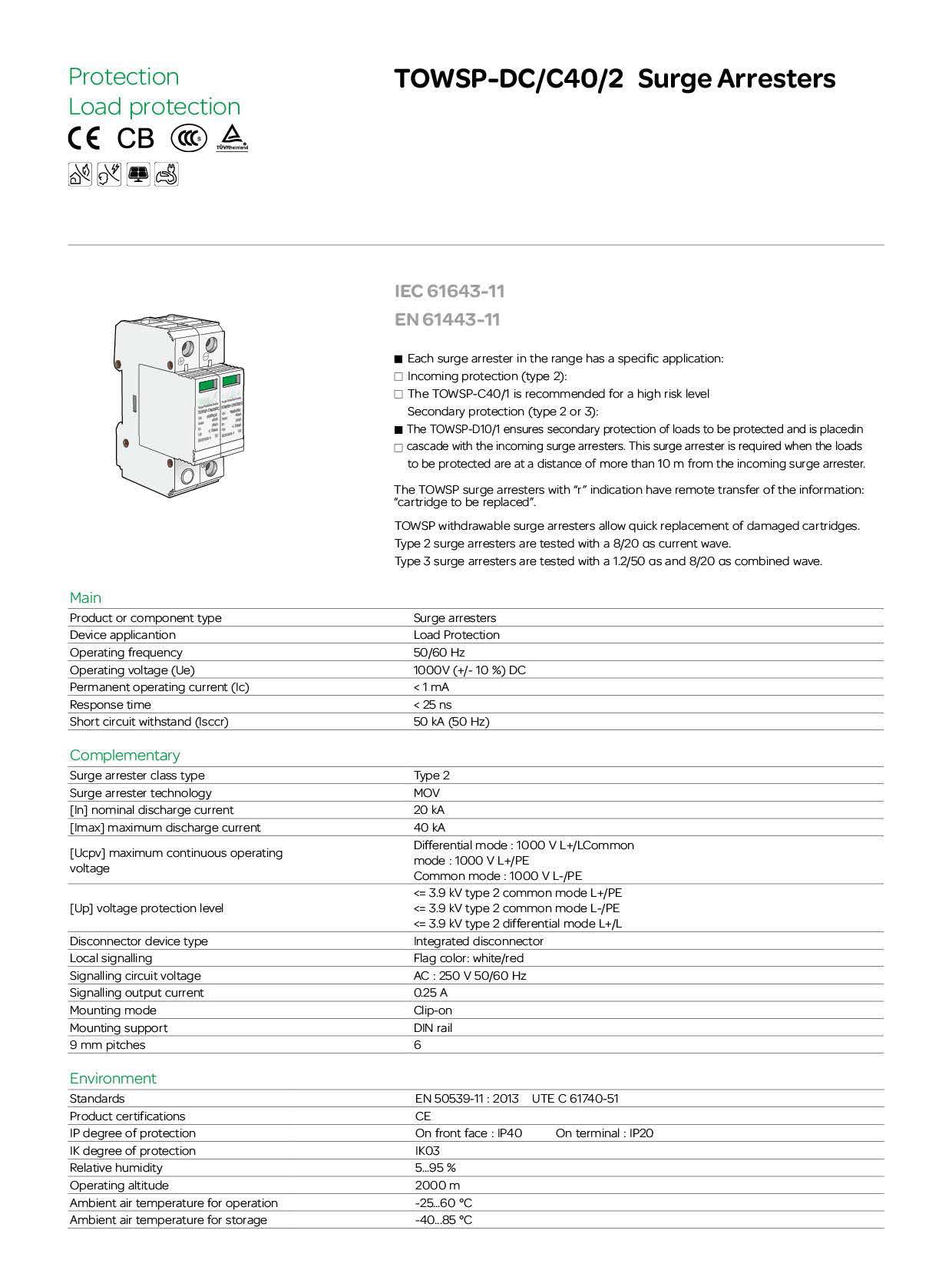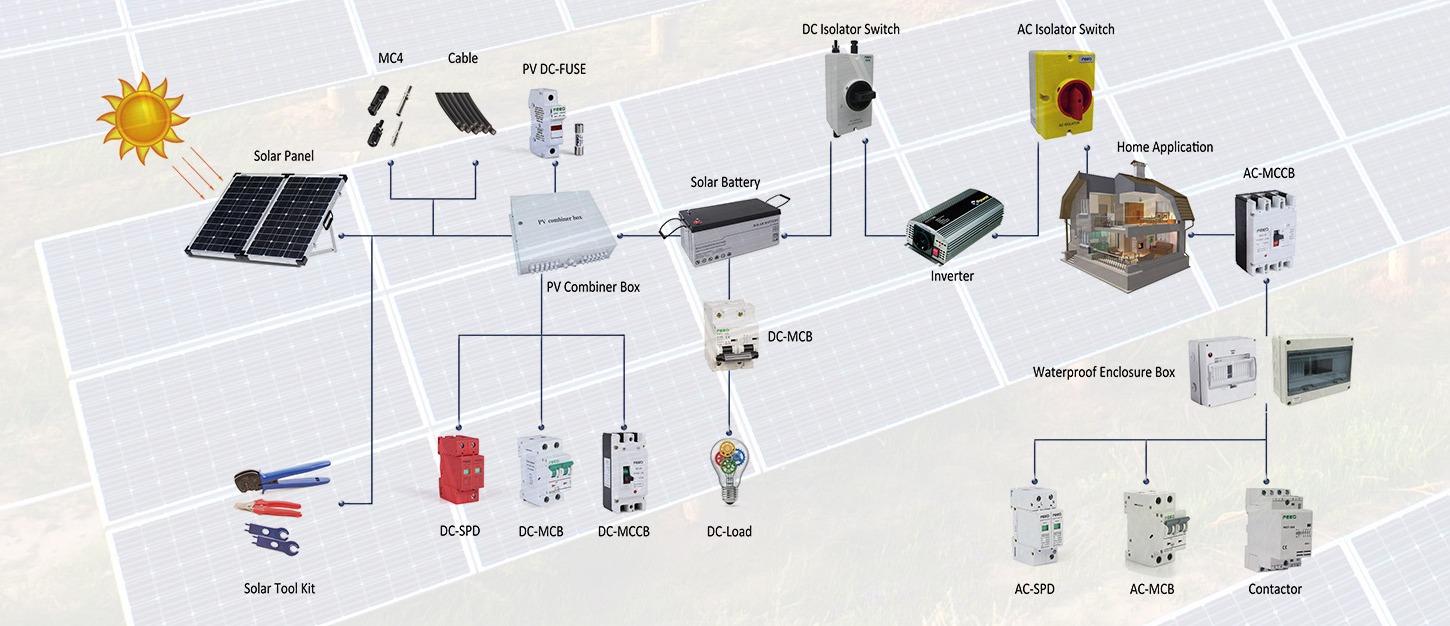The Difference Between Surge Protector And Arrester

Surge protectors and lightning arresters are not the same thing.
Although both have the function of preventing overvoltage, especially preventing lightning overvoltage, there are still many differences in application.
1. The arrester has multiple voltage levels, ranging from 0.38KV low voltage to 500KV UHV, while surge protectors generally only have low voltage products;
2. The arrester is installed on the primary system to prevent direct intrusion of lightning waves. The surge protector is mostly installed on the secondary system. After the lightning arrester eliminates the direct intrusion of lightning waves, the lightning arrester does not eliminate the lightning wave. Additional measures
3, the arrester is to protect electrical equipment, and the surge protector is mostly to protect electronic instruments or instruments;
4. Because the lightning arrester is connected to the electrical primary system, it must have sufficient external insulation performance, and the appearance size is relatively large, and the surge protector can be made small due to the low voltage.
The difference between surge protector and arrester is :
1. The application field can be divided from the voltage level. The rated voltage of the arrester is <3kV to 1000kV, low voltage 0.28kV, 0.5kV.
The rated voltage of the surge protector is k1.2kV, 380, 220~10V~5V.
2, The protection object is different: the arrester is to protect the electrical equipment, and the SPD surge protector is generally to protect the secondary signal loop or to the end of the electronic instrumentation and other power supply loops.
3. Insulation level or pressure level is different: the withstand voltage level of electrical equipment and electronic equipment is not an order of magnitude, and the residual voltage of the overvoltage protection device should match the withstand voltage level of the protection object.
4. Different installation positions: The arrester is generally installed on a system to prevent direct intrusion of lightning waves and protect overhead lines and electrical equipment. The SPD surge protector is installed on the secondary system, which eliminates lightning waves in the arrester. After direct intrusion, or the arrester does not have the supplementary measures to eliminate the lightning wave; therefore, the arrester is installed at the incoming line; the SPD is installed at the end outlet or signal circuit.
5. Different flow capacity: lightning arrester because the main role is to prevent lightning overvoltage, so its relative flow capacity is larger; and for electronic equipment, its insulation level is much smaller than the electrical equipment in the general sense, it is necessary to SPD on lightning overvoltage It is protected by operating overvoltage, but its through-flow capacity is generally small. (SPD is generally at the end and will not be directly connected to the overhead line. After the current limit of the upper stage, the lightning current has been limited to a lower value, so that the SPD with a small flow capacity can fully protect the flow. The value is not important, the important thing is the residual pressure.)
6. Other insulation levels, the focus of the parameters, etc. also have large differences.
7. The surge protector is suitable for the fine protection of the low-voltage power supply system. Various AC/DC power supplies can be selected according to different specifications. The power surge protector has a large distance from the front-end surge protector, so that the circuit is prone to oscillating overvoltage or other over-voltage. Fine power surge protection for terminal equipment, combined with the pre-stage surge protector, the protection effect is better.
8. The main material of the arrester is mostly zinc oxide (one of the metal oxide varistor), and the main material of the surge protector is different according to the anti-surge level and the classification protection (IEC61312), and the design is different. Ordinary lightning arresters are much more precise.
9. Technically speaking, the arrester does not reach the level of the surge protector in terms of response time, pressure limiting effect, comprehensive protection effect, and anti-aging characteristics.
